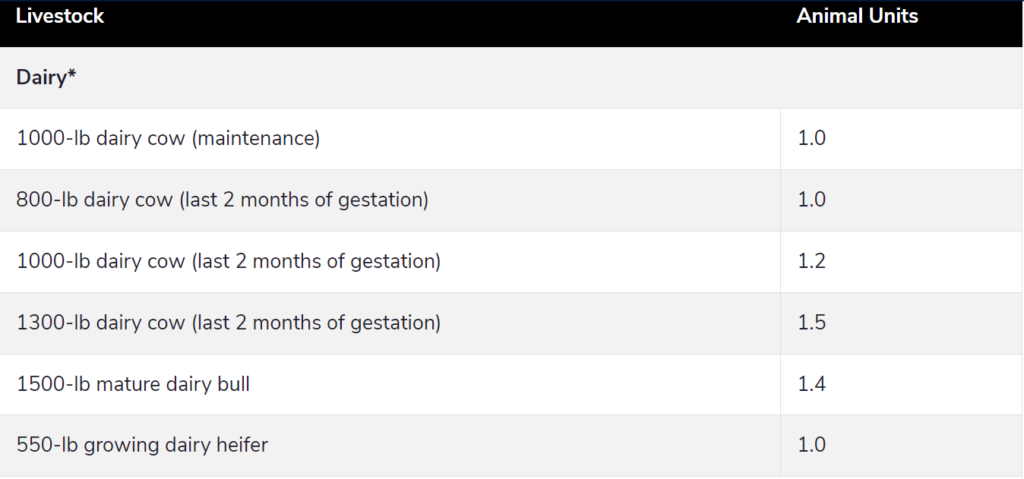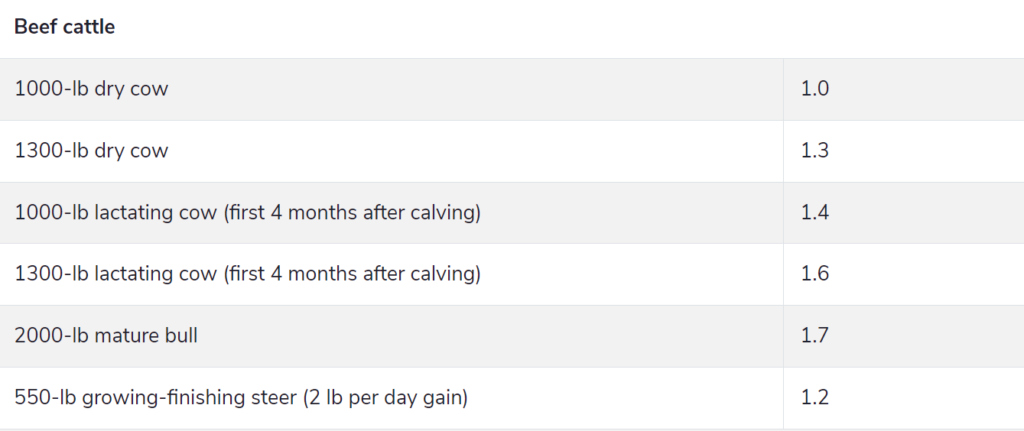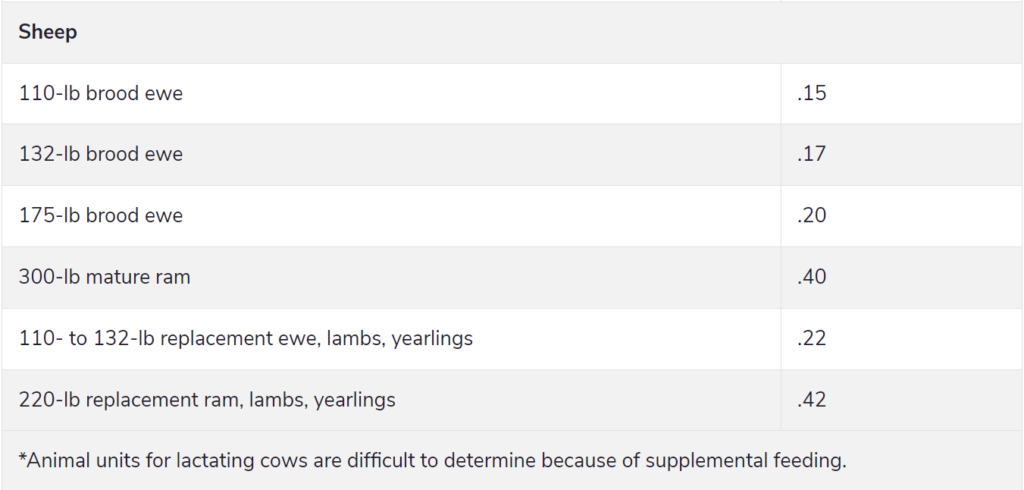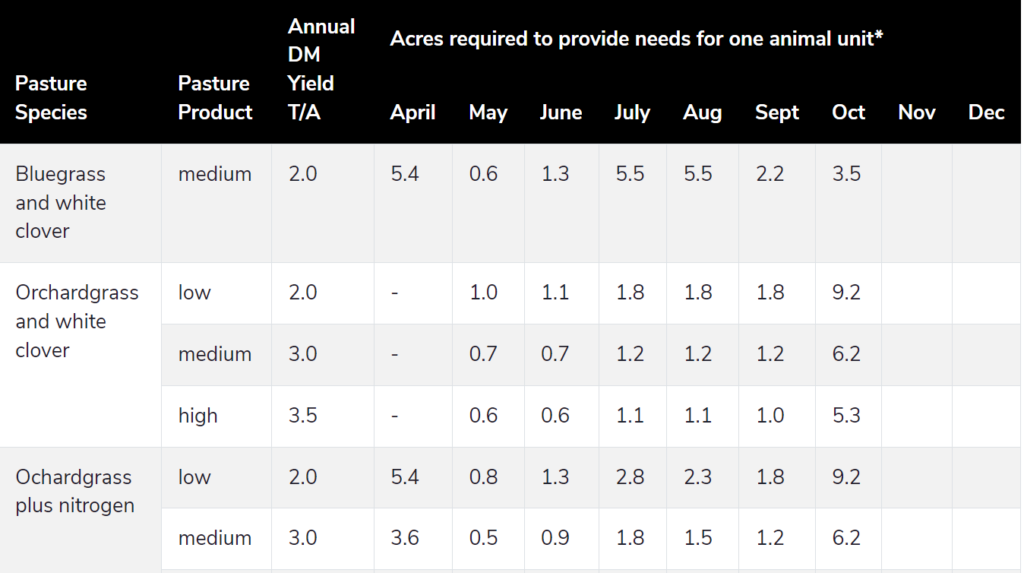Rotational Grazing Practices: Horses, Sheep, Bison, and Cattle
June 9, 2023

Source: Unsplash
For farmers and homesteaders, the pasture is one of the most valuable resources to maintain the health of your livestock. Animals like horses and cattle can be significant income drivers for your operation.
Unfortunately, many pastures fail to reach their full potential because of weed issues, low fertility, or poor soil health – and that’s usually because of overgrazing.
Without a system in place to control grazing, forage has no time to rest and recover. Rotational grazing offers a solution to provide livestock with the necessary forage for optimal health and production while also supporting the health of the soil and plant life.
What Is Rotational Grazing?
Rotational grazing is the practice of moving livestock, such as horses, goats, sheep, bison, and cattle, to different pastures to improve the health of the soil, plants, and animals. In doing so, areas of pasture have an opportunity to “rest” while animals get the grazing nutrition they need.
With rotational grazing, pastures are separated into paddocks and livestock is moved from one paddock to another as needed. During the rest period, forage plants have an opportunity to recover from constant grazing and strengthen their root systems.
Why Is Rotational Grazing Important?
Both ruminant – bison, cattle, and sheep – and non-ruminant species – horses and swine – grazing on a pasture continuously can rapidly deteriorate the plant life and compact the soil. Over time, the pasture can no longer support forage for livestock.
With rotational grazing, the soil and plant life have an opportunity to rebound. The limited grazing encourages plants to develop deeper and stronger root systems. As the roots are sloughed to decompose in the ground, they boost soil biomass and fertility while sequestering carbon from the atmosphere.

Source: Unsplash
Rotational vs. Continuous Grazing
For many farmers and homesteaders, grazing livestock saves time and helps the operation become more profitable. Without natural forage, operators must provide this forage themselves, which can get costly for large herds.
Continuously grazing has advantages, such as low fencing cost, low regular maintenance requirements, and strong gains for animals. However, continuous grazing is only possible when there’s an abundance of natural forage. It’s ideal for dry cows, bred heifers, and beef cattle with low milking ability.
There are other disadvantages with continuous grazing, including less control over the timing and intensity of grazing. And during slow forage growth periods, you may need to supply more acreage for animals to graze effectively.
Rotational grazing keeps livestock concentrated to a smaller area of pasture before being moved to a fresh section. The rest period allows the grazed pasture to experience regrowth and renewal to make it valuable for the next foraging period.
With this system, animals experience greater weight gain or production per acre for a higher net return. Their manure is also better distributed to nourish the soil. You also have more control over the timing and intensity of the forage.
Rotational grazing is not without its disadvantages, however. The upfront costs can be challenging, as farmers and homesteaders need to have significant acreage to accommodate their herds on smaller pastures and additional fencing to create paddocks. If there’s a natural water source on the property, rotational grazing may limit access in some paddocks, so there will need to be supplemental water.
Rotational Grazing Done the Right Way
If you want to implement rotational grazing, there’s a right way and a wrong way to do it. You can’t simply shift the animals from one paddock to another without any thought or strategy. Rotations must coincide with the optimum growth period of the forage to reap the benefits.
Using an example of a cattle herd with 30 1300-pound cows with calves and one 2000-pound bull, here are the steps to implement rotational grazing:
Break Down the Animal Units
This part takes some math. Determine the forage requirements of your herd or flock in terms of animal units (AU). Each AU represents the daily forage intake of a 1000-pound dry cow, which is about 25 pounds of dry forage per day (this varies by animal species).
Here’s a chart from Penn State Extension:



Source: Penn State Extension
You can determine the AU of your herd or flock with this equation:
AU*head = AU
AU*head = AU
AU + AU = Total herd AU
With the previous example of a 1300-pound cow with a calf and a 2000-pound bull:
1.6 AU*30 head = 48
1.7*1 head = 1.7
48 + 1.7 = 49.7 (50) AU of herd
Estimate Necessary Acreage
To estimate the acreage required for your herd or flock depends on the feed requirements for the animals and your available forage. Pasture growth is highly variable depending on topography, soil characteristics, fertilization, temperature, soil moisture, and plant species, so you can only estimate.
Based on the calculation in the first step, the herd has 50 AU. Assuming a medium pasture of bluegrass and white clover, the calculations are:
May: 0.6 acres*50 AU = 30 acres
June: 1.3 acres*50 AU = 65 acres
July: 5.5 acres*50 AU = 275 acres
Aug: 5.5 acres*50 AU = 275 acres
Sept: 2.2 acres*50 AU = 110 acres
Oct: 3.5 acres*50 AU = 175 acres
Estimate the Size of Your Paddocks
The paddock size you choose depends on the AU and your available pasture, which depends on the density of the forage.
This table estimates available pasture by dry matter per acre:


Source: Penn State Extension
Assuming the herd will graze for 5 days with 1,000 pounds of pasture, hre is the equation to calculate the size of your paddocks:
0.1 acre*50 AU = 5 acres per paddock
Estimate the Number of Paddocks
The number of paddocks needed for rotational grazing depends on the number of days each herd will graze in the paddock and the maximum rest period based on the growth rate of the pasture.
Here is a table for recommended rest periods:

Source: Penn State Extension
Growth rate is affected by soil productivity and fertility levels, so rest periods may need to be adjusted. The best option is a flexible rotational plan that moves animals when the optimum pasture is available.
In some cases, you may need to retire paddocks for the season to forage for hay. This shortens the rest period between grazing to improve spring growth.
For example, a herd will graze in each paddock for 5 days with a maximum rest period of 35 days.
Here is the equation:
35 days/5 days grazing = 7
7 + 1 = 8 paddocks
Your grazing periods may vary by species and class of the animals. Beef cows and other ruminants don’t need consistent forage quality, unlike lactating dairy cows which should have a grazing period of 2 to 5 days.
How to Fence Your Paddocks
Once you have an idea of much space your paddocks need, you have to consider how to fence your paddocks appropriately.

Source: Unsplash
Here are some factors to consider:
Topography
If you have a lot of slopes in your pasture, it’s important to separate them into different paddocks as much as possible. Your pasture growth will differ at the top of the hill and the bottom, so try to arrange your paddocks across the slope instead of from top to bottom.
Hills and valleys should be fenced separately from the slopes, since animals prefer to graze on level ground and will overgraze the flat land, even in one paddock.
Forage
Different forage species grow at different rates. It’s important to consider what forage should be grazed at that time of year. For example, legumes shouldn’t be grazed between September 1 and October 15.
Soil
Different soils have different characteristics. Paddocks with quality soil can withstand more grazing than those with subpar quality. Pay attention to the soil quality when separating your paddocks.
Available Shade and Water Sources
Livestock need shade and sun while grazing. Typically, animals like cattle will prefer to graze in the sun and nap, rest, or relieve themselves in the shady areas. Consider this when determining your fencing.
If you have natural water sources, try to incorporate them into your paddock arrangement. If your natural water sources won’t supply each paddock, make a plan for supplemental water sources.
Related: How to Prepare Your Homestead for Winter
Restore Your Pasture with Rotational Grazing
Rotational grazing is a solution for farmers, horse ranchers, and homesteaders to ensure their livestock has optimal forage while preserving the health of the soil and pasture. Implementing rotational grazing takes some strategy and effort, but it’s well worth the benefits.
Frequently Asked Questions About Rotational Grazing Practices
Find out more about rotational grazing for your livestock.
What Are the Steps of Rotational Grazing?
With a rotational grazing system, cows or other livestock enter the pasture, graze a few inches of forage, then they’re moved to another pasture. That rest allows the forage to regrow several inches before the animals are moved again.
What Are the Benefits of Rotational Grazing
Rotational grazing has many advantages, including improving the pastures by encouraging deeper and more robust root systems and healthier soil. It also helps farmers and homesteaders maximize profits by providing natural forage.
What Are the Drawbacks to Rotational Grazing?
Though rotational grazing has a lot of benefits, there are some drawbacks. If you plan to implement rotational grazing, you will need more available pasture, more fencing, supplemental water sources, and time or hired help to move livestock according to the schedule.
Leave a Reply
SUBMIT FORM
To inquire into legal services, consulting services, or overnight boarding availability and options, please fill out the form or send a note directly to fairwaystables@gmail.com.
CONTACT US
Follow along on Instagram at @paige.hulse
This website is solely intended for the purpose of attorney advertising, and for general information purposes only. Nothing on this site should be taken as legal advice for any individual case or situation. This information is not intended to create, and receipt or viewing does not constitute, in no way establishes an attorney-client relationship. An attorney client relationship is only formed when you have hired me individually and signed an engagement agreement. No past results serve in any way as a guarantee of future results.
Leave a note